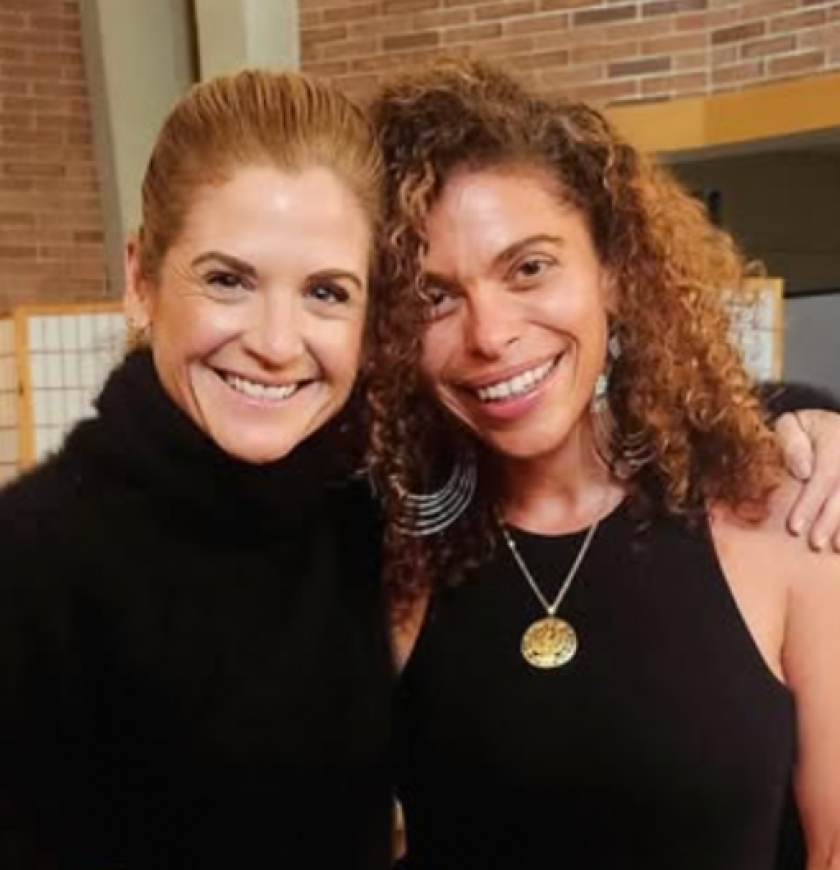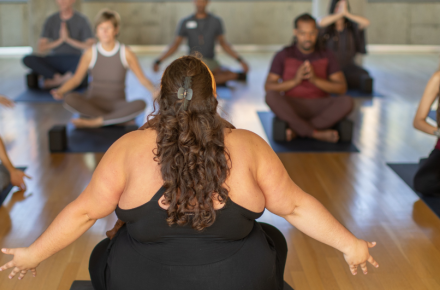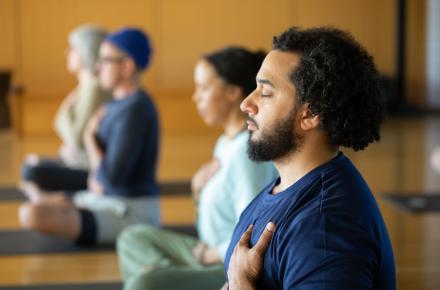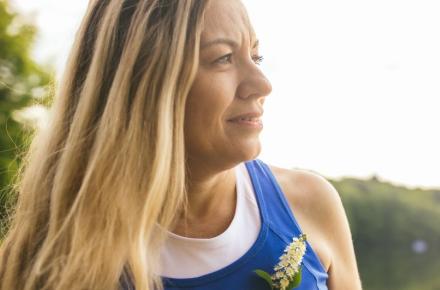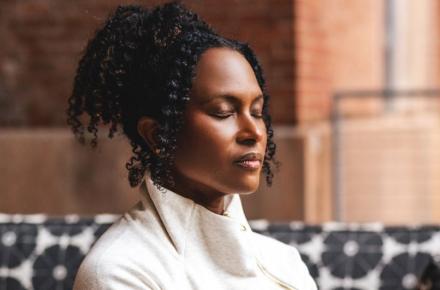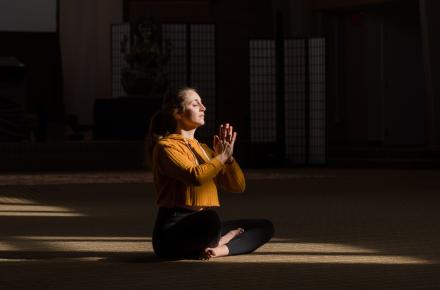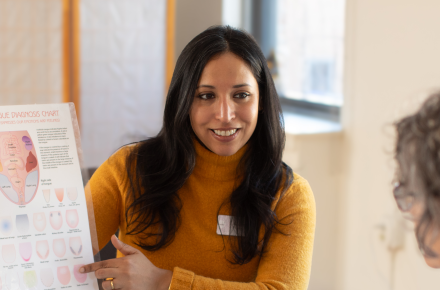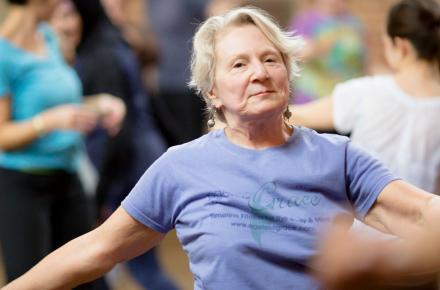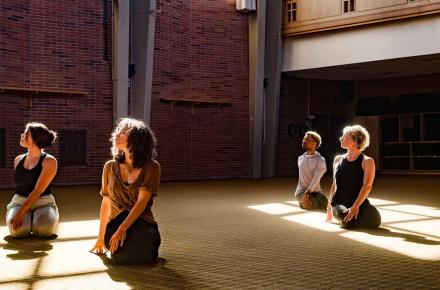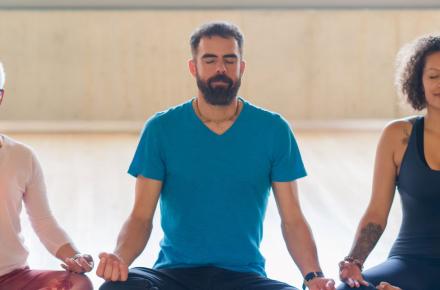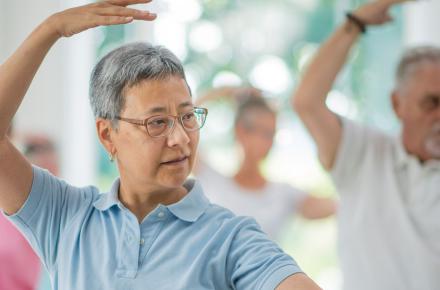The Unbelievable Lightness of Running


For a man who has been running competitively for 25 years—specializing in 50- to 100-mile ultramarathons—Danny Dreyer has a lot of practice standing still.
Danny was in college when he took up running for exercise, but he didn’t start racing until 1991, at age 42. He ran his first ultramarathon (the term refers to any race longer than the traditional 26-mile marathon) in six-and-a-half hours—under eight minutes per mile.
But in 1996, when he began studying with tai chi master Zhu Xilin in Boulder, Colorado, his task was simply to slow down.
In his twice-a-week classes, Danny spent an hour and a half barely moving a muscle. “For the first three weeks, all I did was stand there,” he recalls. “He’d come by every 20 minutes or so and correct me. By the end of that time, I’d learned what it felt like to have my posture aligned.”
He also gained a deep experiential understanding of the principles of tai chi, and he had a revelation: those principles and the skills that went with them could be transposed onto the practice of running. With the posture lined up along a central axis and the legs rotating around that axis, a runner could significantly increase efficiency and endurance while protecting the body from injury and pain. The tai chi metaphor is “needle in cotton”—the “needle” is the strong central alignment and the “cotton” is made up of the soft, fluid moving parts of the body.
The first time he tried this approach to running, Danny says, “I came back and literally didn’t feel like I’d been out for a run. I went out and ran two more miles.” Once he applied the method to racing, Danny’s times got faster and his body held up better. Since 1995, he has completed 40 ultramarathons, finishing in the top three in his age group in all but one, and at age 60 he continues to run competitively.
It was Danny’s wife, Katherine Dreyer—he describes her as the business-minded one in the family—who encouraged him to teach and write about what he was doing. After moving from Boulder to San Francisco, he continued his study of tai chi with master George Xu, and in 1999, he launched ChiRunning® as a business. Danny published the book ChiRunning: A Revolutionary Approach to Effortless, Injury-Free Running in 2004, followed in 2006 by a book on ChiWalking® (there are 10 times more walkers than runners in the country, he says). Both techniques draw on basic tai chi tenets like taking small, incremental steps toward your goal, focusing your mind, body sensing, relaxing, and breathing. Danny has taught the practice to thousands of people in classes and workshops and has trained more than 100 ChiRunning instructors who teach the method around the world.
“By developing this whole way of really listening to your body with your mind, feeling for discomfort, inefficiency, and pain, and making adjustments, it creates this dialogue between mind and body,” Danny says. “When you’re listening to your body, it will guide you very clearly through the whole process. If you’re a beginning runner, there’s only so far you can run until you’re out of breath.” Those just starting out may run only a block or half a mile before resting, since they’re never pushing past what the body is comfortable doing; as they continue to practice, their core strength and aerobic capacity improve gradually and steadily.
The senses, Danny says, are the language through which mind and body communicate, as each felt sensation catalyzes corrections in the body’s posture. What Danny gives his students is the toolkit for making those corrections—whether it’s pointing your feet in the right direction or making minute adjustments to your posture. Eventually, he says, the back-and-forth becomes less conscious and more intuitive.
Danny has plenty of success stories, like the one about the runner who finished a marathon after a hip transplant, or the 54-year-old woman who lost 65 pounds and ran her first 5K. “People totally perform better—that’s a given—[and] they don’t have to spend any time recovering because it hasn’t taken much out of their body,” he says. And the practice can be applied to all sorts of activities; Danny recalls one of his class participants, a voice teacher, who taught all of her students the ChiRunning alignment techniques to improve their posture while singing.
But the benefits of ChiRunning and ChiWalking go beyond the physical, Danny says.
“You wouldn’t believe how many e-mails we get saying, ‘This has changed my life,’” he says. “Something as basic as walking and running can be used to increase awareness on other levels. I like to call it ’back-door enlightenment.’ When people start breathing better, when people start standing straighter, when people start feeling their center, they feel it in their emotional center, too.”




